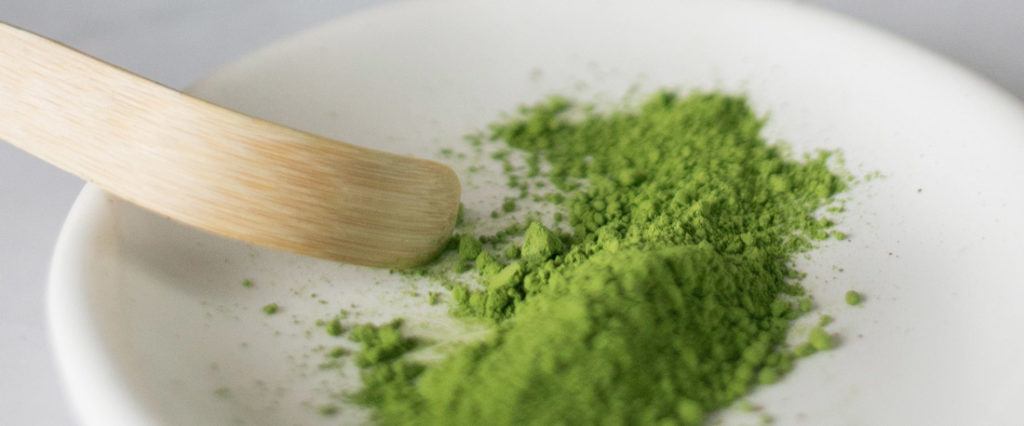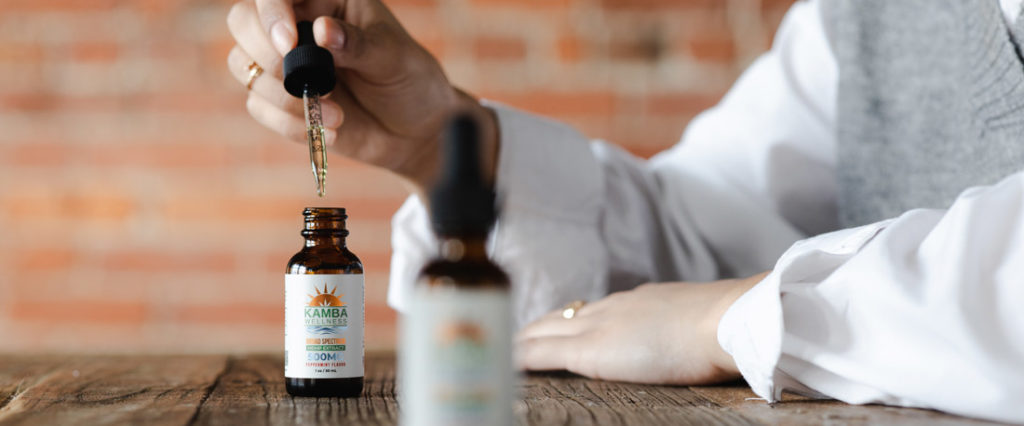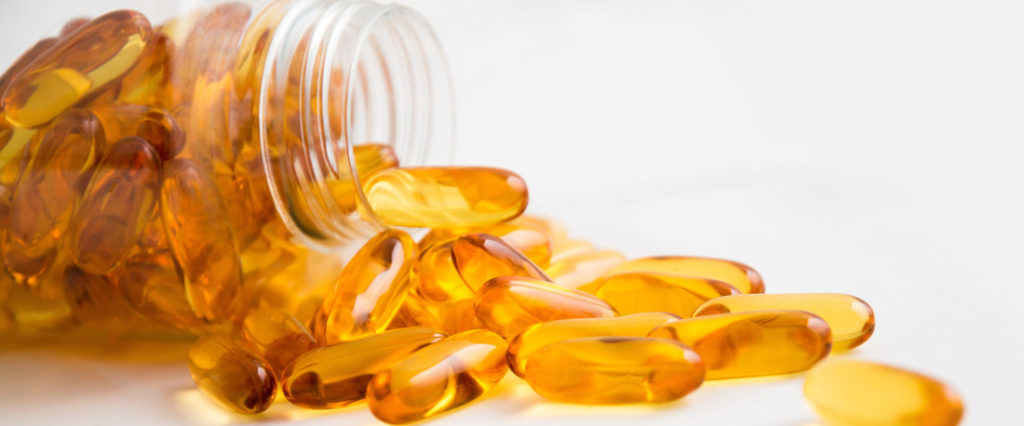In Summary:
- The first major clinical study of the effect of a Low Starch Diet on ankylosing spondylitis patients since Ebringer’s early studies at the Middlesex hospital in London
- The study will look to explore the effect of a low starch diet on reducing Klebsiella gut bacteria and the effect this has on the disease progression and symptoms
- This study is currently underway…
Starch is frequently used as a ‘protective agent’ in tablets and pills.
As Science Daily put it, “the starch molecule forms a protective pocket around the vitamins as they travel through the highly acidic stomach and into the small intestines…”
This can make finding starch-free supplements surprisingly hard.
If you’ve enjoyed some success following the low / no starch diet for ankylosing spondylitis this threatens to undo all your hard work.
The idea that you might be smuggling starch into your gut through the vitamins and supplements will be horrifying.
But can such a small amount really have a big impact?
Yes, it really can.
You would think that because we are talking about such tiny amounts (many many times smaller than a potato for example) that it wouldn’t do any harm.
I’ve fallen in this trap twice (both times because I unwittingly missed the offending ingredient on the label).
My experience was this.
Taking starchy supplements is almost as bad as eating starchy food. It can completely undo any good work you have done on keeping inflammation down and certainly stop you from progressing to the next step.
And as well as causing ongoing pain it can even trigger full blown flares.
How is this possible?
These tablets or pills are designed to give their contents safe passage to your gut without your body breaking down any of the elements…
… and this safe passage goes for the starch used too.
So the starch in these tablets – unlike in your food – is ferried to your gut in a protective bubble in pristine condition.
That means even a tiny amount packs a lot more power because it is gliding through your body unchallenged. This provides food for the microbes in your gut, including klebsiella, and potentially triggers more pain.
I’ve tried dozens of supplements in a bid to keep 1. Help keep my AS symptoms at bay and 2) heal my gut.
There are a number of things I’ve discovered and I hope this will save you a great deal of time (and pain!)
Powders, Tinctures and Gel Caps
Bioavailability is one of the buzzwords in the supplement world. How easy and how efficiently can your body absorb a given supplement.
Sometimes a powder will work best, sometimes a supplement in liquid form, other times tablets or pills. Often it’s a combination of elements.
Does supplement or vitamin X also contain supplement or vitamin Y? There are instances where the combination can sometimes improve absorption or potency.
These are all factors to bear in mind in your research.
First and foremost listen to the science. Then see how others have got on in their efforts and the once you’ve taken the plunge the most important stage is trying different methods for yourself. See if you notice any impact.
If you are following the low / no starch diet your number 1 priority will be avoiding starch at all costs.
These 3 supplement delivery methods are usually your friends here:
Powders

Powders are often great for followers of the low / no starch diet.
However, do always double check the ingredients on the label and do the iodine test (I’ve come across multiple mushroom supplement powders that have tested starchy).
With that said, supplements in powder form typically don’t need protective shells or binding agents.
That means usually the ingredients you see on the back are the ingredients it contains. Depending on the supplement in question it can also be a fast and efficient delivery method.
Magnesium and electrolytes are two good examples of supplements that can be purchased as powders. Simply added to the drink of your choice and that’s it.
A good magnesium powder supplement need only contain that particular form of magnesium. A tablet on the other hand will require a range of other ingredients. They will likely need something to form the casing on the tablet itself… or to add flavour to make it more palatable… or something to preserve it’s lifespan.
You can get granular in terms of your specific dosing with powders. That’s hard to do with tablets where often the choice is double or nothing!
Like magnesium, electrolytes are another example of a powder which can be quickly and easily absorbed.
Tinctures and Liquid Supplements

Tinctures can be another great delivery method for certain supplements.
You are unlikely to come across starches here because no casing it required when a supplement is delivered in liquid form.
I use a number of tinctures including: Vitamin K2, Lion’s Mane mushrooms and Chaga mushrooms.
I found with mushrooms in particular, which are often also available in powder form, that they would taste starchy. I had no such problems with tinctures and found it easy to add a few drops to a hot drink.
Once again you can great granular with your dosing and it can be a very effective delivery method.
One thing to bear in mind…
Tinctures may contains other ingredients such as alcohol or sugar or other forms of preservative.
Make sure you check the label and avoid anything which could cause you problems.
Gel Caps

Typically there are three types of tablets you can get.
Tablets, capsules and gel caps.
Even though the last two are both ‘capsules’ I’ve separated them out for a reason. More on that in a moment.
So what are the differences?
Tablets are small, hard and are designed to journey through to your gut without getting too damaged on the way.
As we’ve alluded to earlier starch is often an ingredient used to help create these bullet like pills.
There’s corn starch, potato starch and vegetable starch, maize starch, modified starch to name a few. To make things more difficult they might not be labelled as such. Maltodextrin, for example, is made from vegetable starch.
I’ve found that of all the supplement delivery methods, tablets are the most likely to contain starch.
Capsules can be made out of many different ingredients. Some of these are starch free, some are not and it’s a case of doing due diligence.
When it comes to gel caps, which are squeezy looking capsules you see, which tend to be transparent and have a liquid inside, I’ve found that they are most often starch free.
A good example of this is Omega 3 and fish oil.
Top Tips
Look beyond the back of the label.
Sometimes you need to go to the manufacturer’s website to get a completely full list of ingredients. Certainly looking at the list provided on third party sellers such as Amazon will not be enough.
Still not sure?
Get in touch with their customer support by phone or email and ask them directly. They will be best placed to know.
Whatever you do, always test your supplements first using the iodine test. If it goes black, avoid it.
If you’re unsure (sometimes it can be hard to tell) go slowly and do a trail run of the supplement.
See how you feel. Record the results each day in your Wellness Plan.

0 Comments